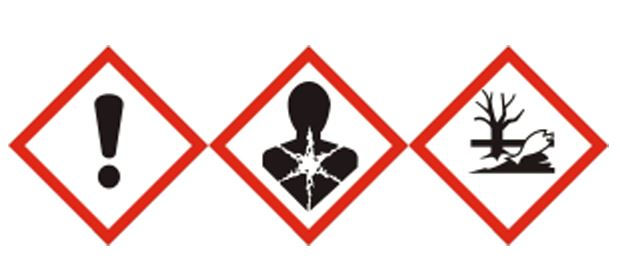The Impact of Pigment-Binder Inkjet Inks on Digital Textile Printing
- Terry Clayton

- Jun 15, 2023
- 2 min read
Updated: Jul 6, 2023
Water based inkjet ink has come a long way since HP introduced the first desktop printer back in 1984. But what's all the buzz about the latest inkjet inks for textiles? Let's dive in and find out!
In the past, printing on different materials meant using different types of ink and dye chemistry. It was like a puzzle trying to match the right colorant chemistry with the substrate.

That’s way more complex than it needs to be!
If you're a textile printer, you'd either have to limit your fabric options based on the ink you choose, or keep a fleet of printers and a massive inventory of inks. That's an expensive upkeep, especially with inkjet ink costs!
Enter pigment binder inks… They can be used on ANY textile fiber, which means you only need one set of inks for a wide variety of fabrics. With the right ink formulation, you can skip the pretreatment and post-treatment processes altogether.
Now, why is this good news for both business and the planet?
Textile dyeing is a major culprit when it comes to water pollution and greenhouse gas emissions. But printing with pigment binder inkjet inks changes the game. Since there's no need for washing, water usage is reduced. Less water pollution!
When you eliminate or reduce pretreatment and post-treatment processes, energy consumption takes a dip too. That results in fewer greenhouse gas emissions and a smaller carbon footprint. Plus, it also means using fewer chemicals overall to produce fabulous apparel and textiles.
So, now you understand why the textile industry is buzzing about pigment binder inkjet inks. It's not just a win for business, but also a win for the planet.
Interested in formulating your own inks?
Contact me.






Comments